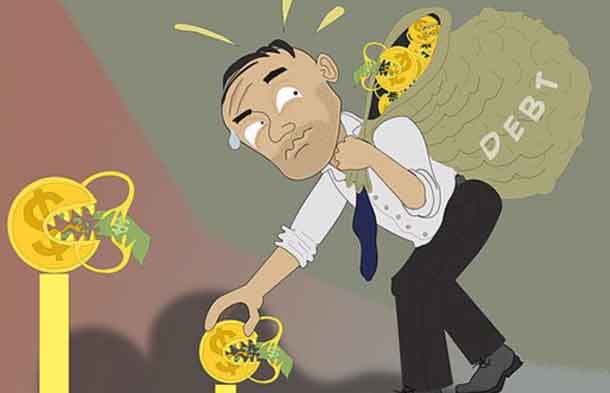TORONTO – BUSINESS – Consumers are getting back into spending, and heating up their personal debt levels post pandemic.
“Pent-up demand and increased travel with the easing of COVID restrictions, combined with soaring inflation have led to some of the highest increases in credit card spending we’ve ever seen. Unfortunately for consumers, this is also at a time when the Bank of Canada is raising interest rates,” said Rebecca Oakes, Vice-President of Advanced Analytics at Equifax Canada. “Across age groups, Gen Z and Millennials are driving up higher consumer spending the most. With gas and food prices increasing at a higher rate than overall inflation, it’s very important for consumers to revisit their budget allocations.”
Consumer reliance on credit cards is increasing, with the average monthly spend per credit card consumer climbing by 17.5 per cent in Q1 2022 compared to the lows of Q1 2021, according to Equifax Canada’s most recent Market Pulse consumer credit trends and insights report. Ontario saw the biggest increase in credit card spending (up by 20.4 per cent) followed by Quebec (18.4 per cent) when compared to the same time period last year.
New card volume was up by 31.2 per cent when compared to Q1 2021 and by 5.1 per cent when compared to Q1 2020. Lenders are providing higher credit limits to consumers on new credit cards, with the average credit limit on new cards this quarter reaching over $5,500, the highest it has been in the last seven years.
Overall credit card balances are up by 9.5 per cent this quarter when compared to Q1 2021 and by 2.4 per cent when compared to the last quarter. This has been the biggest year-over-year increase in credit card balances since the beginning of the pandemic, but these balances have yet to reach pre-pandemic levels.
Total consumer debt continues to grow
Total consumer debt increased by 8.6 per cent in Q1 2022, climbing to $2.3 trillion over the last 12 months. On an individual basis the average consumer debt (excluding mortgages) is now $20,744, an increase of 1.5 per cent when compared to Q1 2021. It is the first year-over-year increase since 2019.
Both new auto finance and comparable bank loan volumes were down by 1.1 per cent and 6.4 per cent year-over-year respectively. However, high car prices continue to drive up the average loan amount for new auto ($26k) and comparable bank loans ($31k) by 5.9 per cent and 10.2 per cent.
Housing market shows a sharp decline from the peaks of 2021
Multiple interest rate hikes coupled with seasonality have brought down new mortgage volume by 13.2 per cent this quarter when compared to the peaks of Q1 2021, but the levels are still higher than pre-pandemic numbers. New HELOCs also showed a seasonal drop but remained 6.6 per cent higher when compared to Q1 2021. Some of the biggest drops were seen in the hottest housing markets, Ontario, and B.C., with 15.7 per cent and 17.6 per cent year-over-year declines in new mortgage volume.
“First time home buyers are feeling the heat from the rising interest rates,” said Oakes. “Despite house prices stabilizing somewhat, Bank of Canada interest rate hikes are reducing consumer affordability. First time home buyers are not only taking higher loan amounts, but with high interest rates they are also paying more in monthly payments, unlike first time home buyers in early 2021 who benefited from lower rates and lower payments.”
First time home buyer volume dropped by 16.1 per cent in Q1 2022 vs Q1 2021. While first time home buyers struggle with affordability, the proportion of consumers with multiple mortgages continues to rise. Nationally, 17 per cent of consumers have more than one active mortgage as of Q1 2022, up 2.5 per cent from Q1 2021 and 9.3 per cent when compared to the high interest rate period Q1 2018.
Small increases in non-mortgage delinquency rates
The non-mortgage 90+ day delinquency rate increased to 0.88 per cent, up 2.1 per cent from the last quarter but still 15.7 per cent lower than Q1 2021. Early signs of stress are more visible across younger consumers, with non-mortgage delinquency rates up by 20.9 per cent and 5.1 per cent from the last quarter for the under 25 and 25-34 age groups, respectively. Credit cards, auto and bank loans are the first products where delinquencies have started to show quarter-over-quarter increases.
“While overall delinquency rates are still far below pre-pandemic levels, we anticipate a steady rise in delinquency until the end of the year,” said Oakes. “The good news is that we are still below pre-pandemic levels when it comes to consumers missing payments. However, the increased credit card spending and potential reliance on credit for everyday essentials may lead to increased stress starting to come through in the coming months.”






